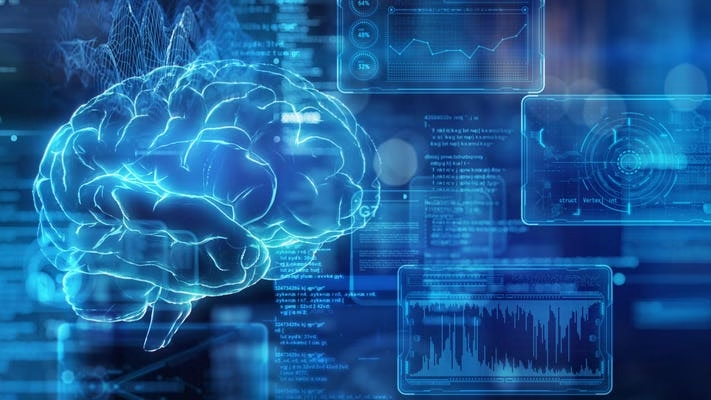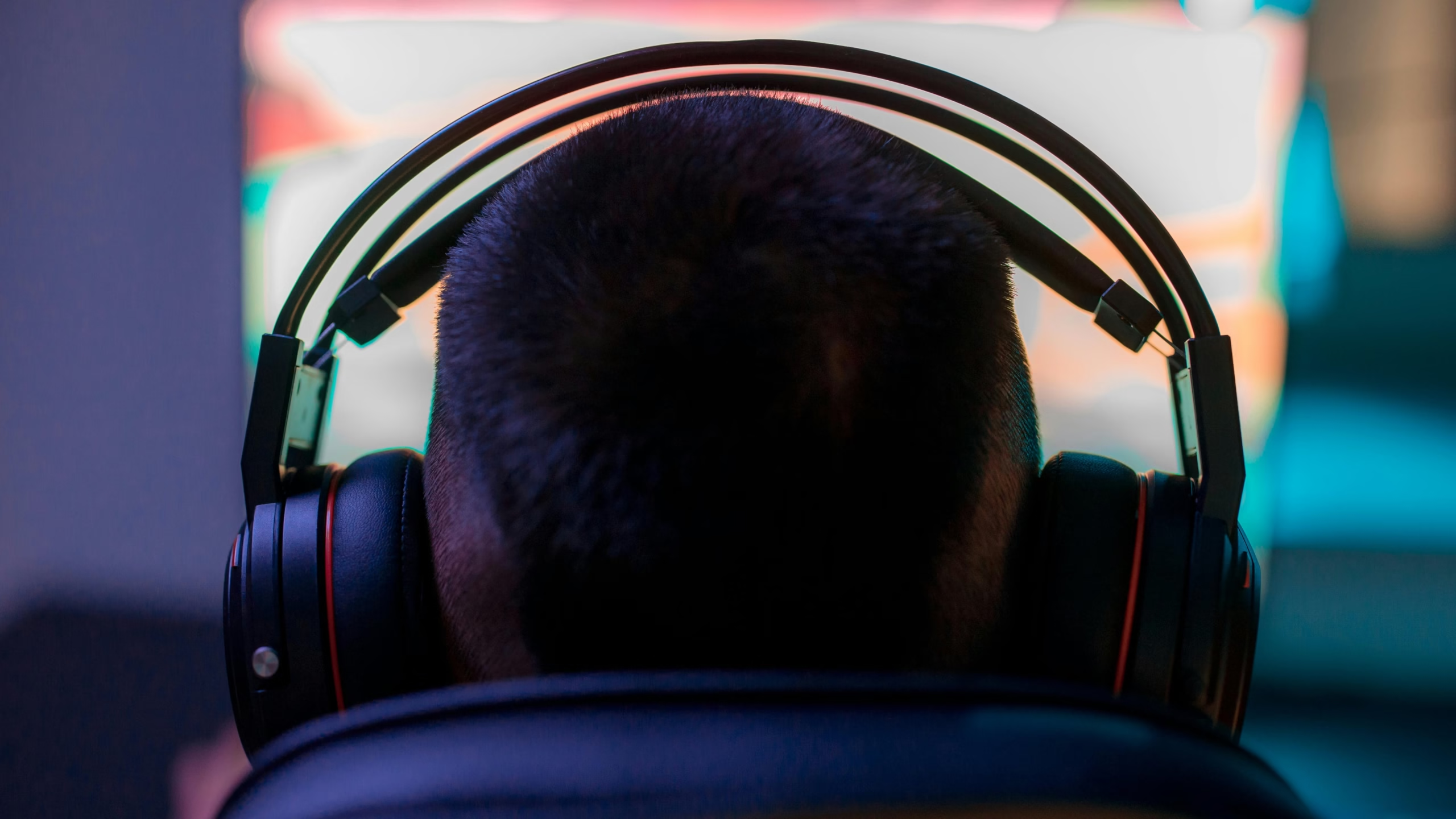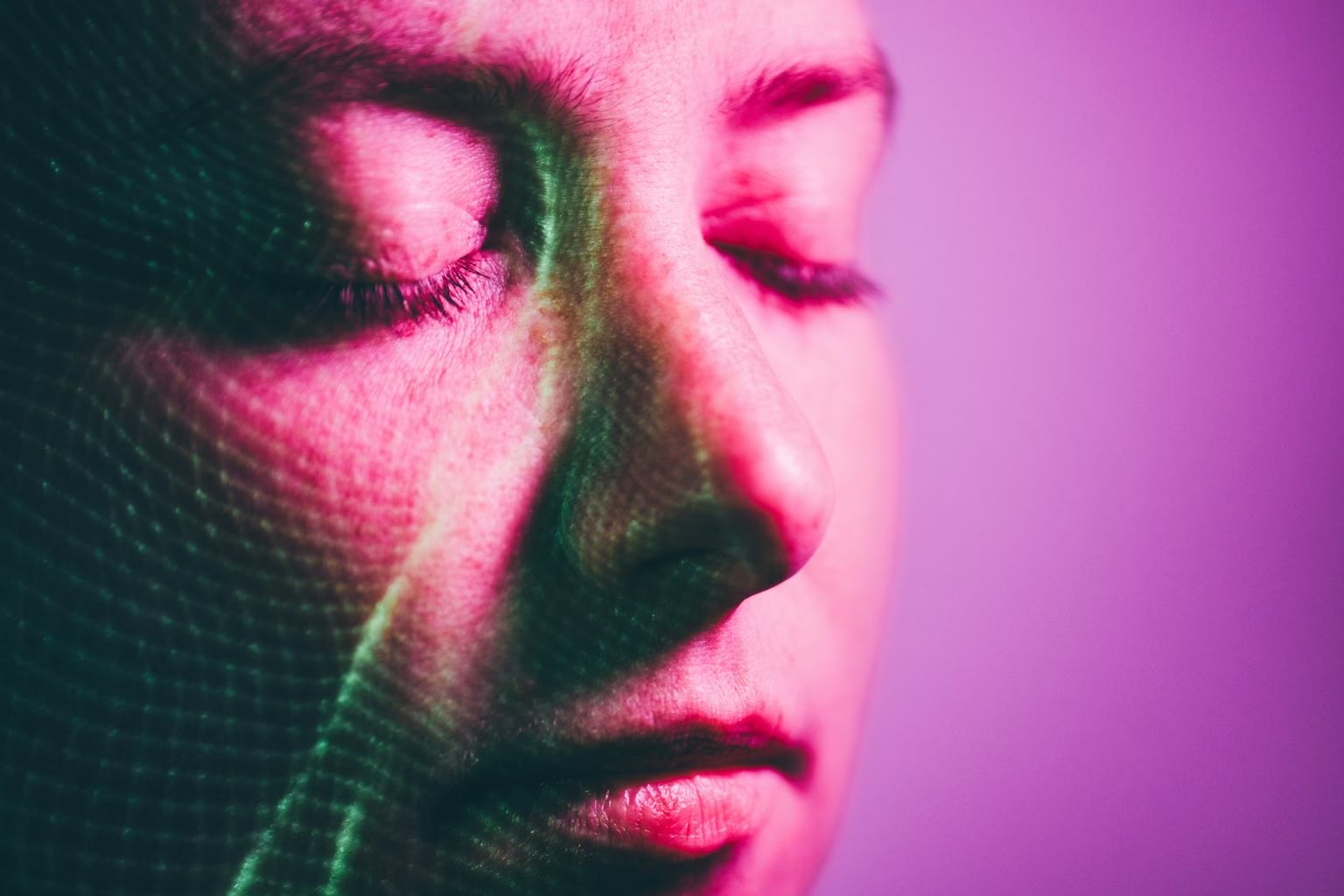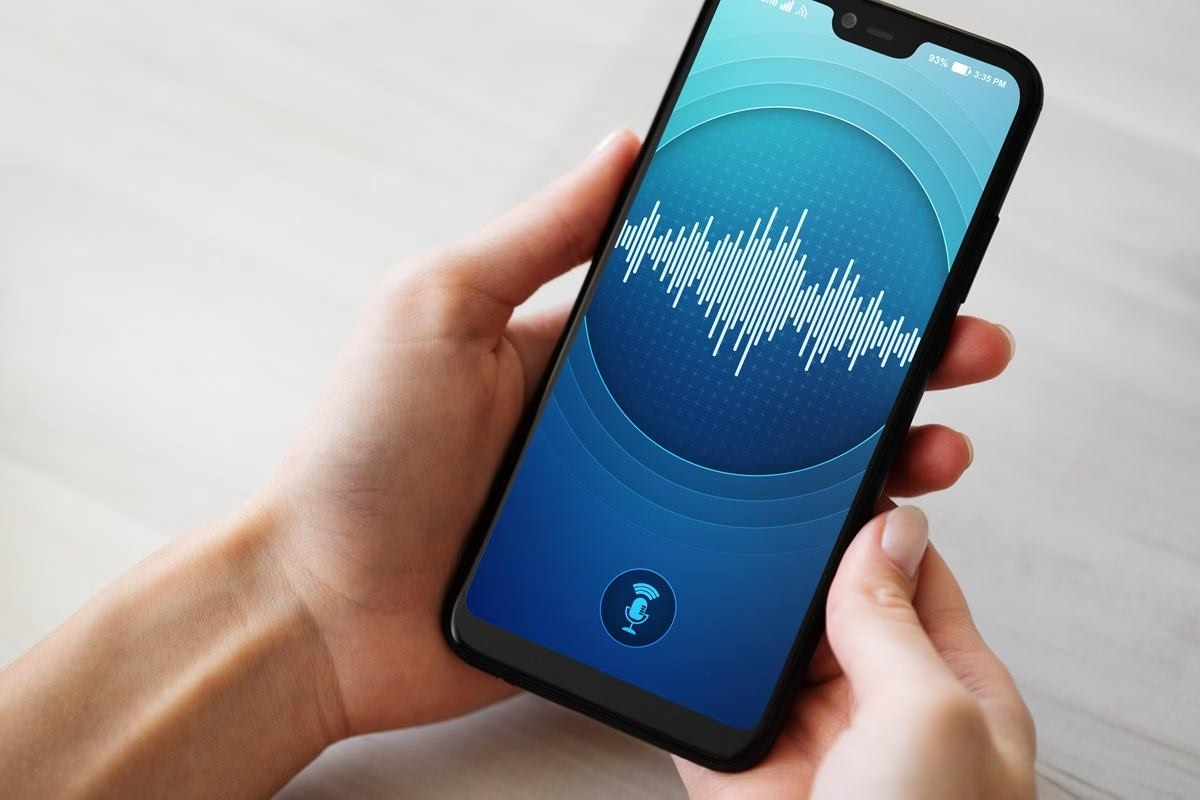Recently, as generative artificial intelligence technologies have grown more widely available to the general population, law enforcement departments worldwide have started to notice a disturbing trend balancing on the border of invention and abuse. Using artificial-intelligence-based tools, officials are now dealing with a worrying increase in the transformation of typical, frequently public images of minors into graphic, illegal material.
The use of artificial intelligence to create child sexual exploitation material (CSAM) is evidence of a profoundly concerning digital exploitation of youngsters, according to officials deeply involved in the battle against cybercrime. Not only are criminals generating new illegal content; what is most worrying is how effortlessly and anonymously they can now create it using innocent photos posted by families online.
Senior U.S voices.
The severity of the problem has elicited statements from federal and municipal law enforcement divisions. Deputy Chief of Homeland Security Investigations’ Cyber Crimes Unit, Mike Prado, verified that his team has seen many instances where photographs of youngsters uploaded by their parents or guardians to social media sites were downloaded and altered using artificial intelligence to create pornographic images.
Noted Joe Scaramucci, an anti-human trafficking campaigner and law enforcement officer, a particularly troubling tendency: the prevalent use of so-called “nudifying” tools—Artificial-Intelligence-driven applications created to create nude or sexualized pictures of people, including children. Freely available online, these applications have helped to fuel the “explosion” in computer-generated CSAM defined by Scaramucci. He said, “This is not like any other challenge we have faced before.” One of the most important and hazardous advancements we have ever seen relates to how technology is now being leveraged to damage children.
Some offenders, worryingly, are not restricting themselves to pictures discovered on the internet. Prado states that there are records of people photographing children in public areas—at parks, near schools, or even on the street—and then using AI to produce inappropriate material from those photos. One especially disturbing example involved a guy using Artificial Internet software to edit pictures taken at Disney World and around a nearby school for illegal ends.
Prado said, “We are no longer discussing theoretical possibilities or future worries.” Nowadays, this is our daily reality. The technology makes it very hard to follow these offenses, developing at a startling pace.
The emergence of these methods raises difficult moral, legal, and technical issues. Many argue that the tools being used to produce these images are developing quicker than the laws and response mechanisms intended to prevent them, while platforms and developers rush to put safeguards and detection systems in place.
The task before law enforcement is huge. While physical suffering in the traditional sense might not be present in AI-generated material, unlike classical CSAM, which is related to a chain of evidence and people, its mental and social impact is enormous. Perpetrators often contend with legal uncertainty since the images are created synthetically, thus giving prosecutors and detectives more complexity.
Calls have been made for strong laws, international cooperation, and quick development in technology for content moderation to address this new digital threat. One thing is certain: using artificial intelligence to exploit children is no longer a looming danger; it is already present, though the tech industry still argues about the balance between open innovation and abuse prevention.








